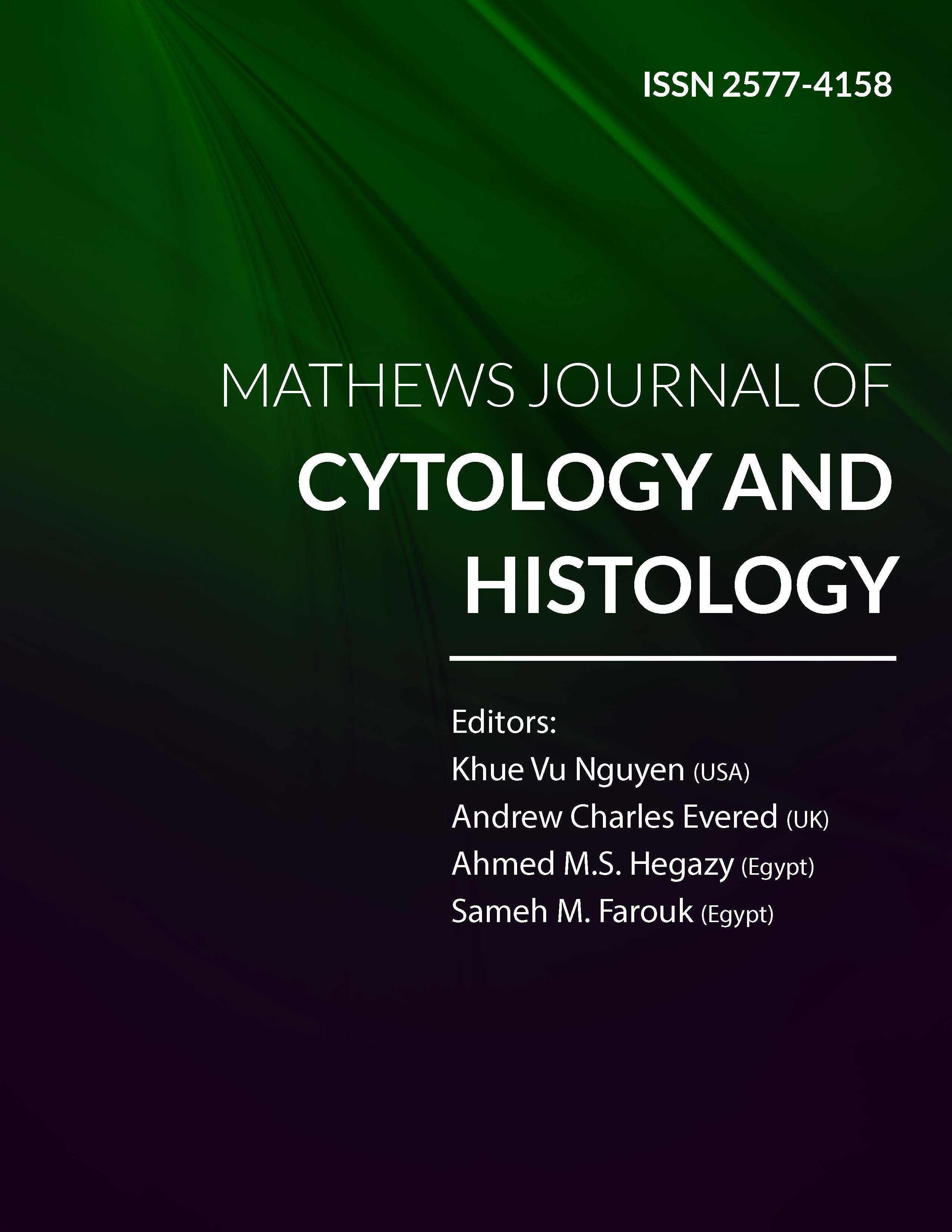
Information Links
Previous Issues Volume 5, Issue 1 - 2021
Fine Needle Aspiration Cytology Findings of Breast Lesions in Female Patients Presenting with Palpable Breast Lumpsat Makerere University College of Health Sciences, Kampala-Uganda
Kinalwa Sulaiman1, Abila Derrick Bary2, and Mwesigwa Boaz3*
1Department of Pathology, School of biomedical sciences, College of Health Sciences, Makerere University, Kampala, Uganda
2Faculty of Biology, Medicine and Health, University of Manchester, United Kingdom
3Cytology Society of Uganda, Kampala, Uganda
*Corresponding Author: Mwesigwa Boaz, Cytology Society of Uganda, Kampala, Uganda, Tel: +256-705-482-996; E-mail:[email protected].
Received Date:January 28, 2021
Published Date:March 20, 2021
Copyright: Sulaiman K, et al. © (2021).
Citation: Sulaiman K, Bary AD, Boaz M. (2021). Fine Needle Aspiration Cytology Findings of Breast Lesions in Female Patients Presenting with Palpable Breast Lumpsat Makerere University College of Health Sciences, Kampala-Uganda. Mathews J Cytol Histol. 5(1):16.
ABSTRACT
Background: Palpable breast lumps are the common manifestation encountered by physicians duringclinical practice.The use of fine-needle aspiration cytology (FNAC)methodhas proven to be quick, simple and cost-effective in theevaluation ofthese lumps for benign, atypical and malignant changes. This study aims to determine the type of breast lesions diagnosed by FNAC and to determine the age-wise distribution for such lesions.
Methodology: A prospective study consisting of 291 femalespresenting with palpable breast lesions was carried out at Makerere College of Health Sciences (MakCHS) pathology laboratory from January 2019 to May 2019. FNAC results were grouped into tier fivereportingcategories as C1, C2, C3, C4 & C5 in accordance to the International Academy of Cytology (IAC).
Results: Out of the 291 cases examined, 14(4.8%) were insufficient (C1), 192(66%) were benign (C2), 9(3.0%) were atypical (C3), 15(5.2%) were suspicious of malignancy (C4) &61(21%) were malignant (C5). In the benign category, lesions of fibroadenoma were the most commonly diagnosed constituting 110/192 (57.3%) whereas under the malignant category lesions of invasive ductal carcinoma were the most commonly diagnosed constituting 27/61(44.3%). The peak agegroup for benign lesions was21-30 years whereas the peak age group for malignant lesions was 41-50 years.
Conclusion: Fine-needle aspiration cytology (FNAC) was found to be an effective diagnostic tool in the categorization of palpable breast lumps into benign, malignant, atypical, suspicious and inadequate categories.
KEYWORDS: Breast cancer; Fine needle aspiration cytology; Palpable breast masses